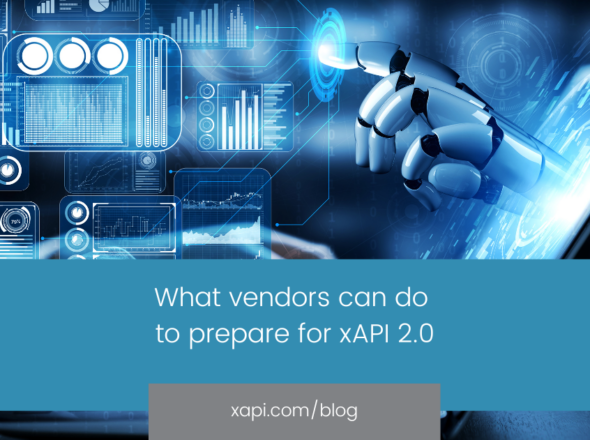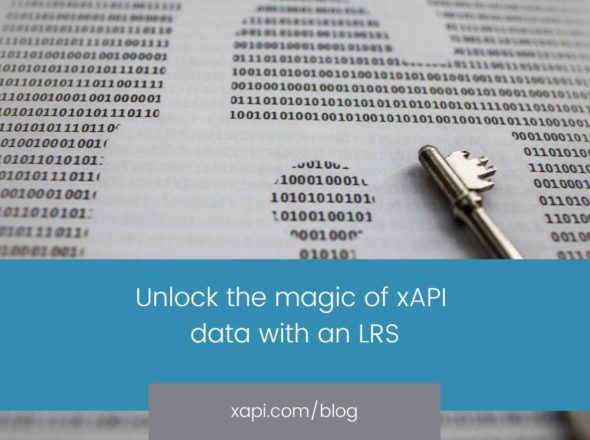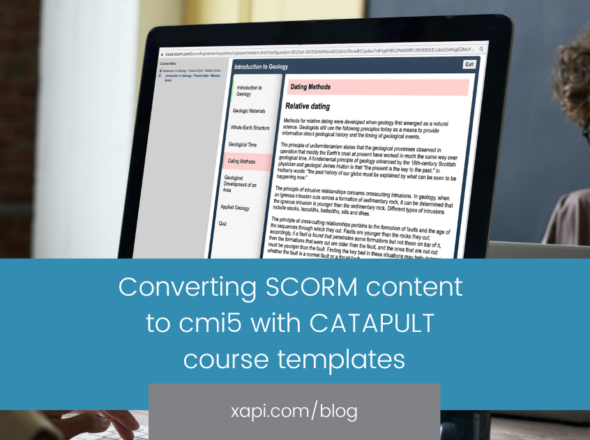We recently collaborated on a project to share statements between three LRSs by three different vendors. This three-part blog series outlines the project, explores some use cases for sharing statements and then dives into the technical details. You’ll find similar (but distinct) blogs by the other project collaborators on the Saltbox and Learning Locker websites.
The main goal of the Experience API (xAPI) is interoperability; the sharing of learning records between multiple systems created at different times, by different people and organizations. We’ve worked hard to produce a specification that defines that communication between learning systems in detail so that any two systems that follow the specification will be able to interact.
That’s great in theory, but what about the practice? Does it actually work with real systems available on the market today?
Recently, with our friends at Saltbox (Wax LRS) and HT2 (Learning Locker), we set out to put this to the test.
Our experiment involved the set-up illustrated in the diagram above. Statements were sent from activity providers to both Learning Locker and to Wax LRS and we set up Moodle LMS to display statements pulled from Watershed. We then configured statements to be shared one way from Learning Locker to Watershed and two ways between Watershed and Wax.
On the first attempt, the process was broadly successful but revealed a few issues that had to be resolved. On the second attempt, the process worked seamlessly; all statements going where they were supposed to without error.
The project proved the robustness of the the Experience API (xAPI), showing that where the spec is followed correctly, systems will work together. It also illustrated the importance of testing products with other systems to highlight areas where interoperability requires a little more work.
You can read about the project in more detail, including the results and lessons learned, in the whitepaper co-authored by the project collaborators. We’ve produced a screencast demonstrating the final system in action. You can also attend a webinar where we’ll discuss all of this in more detail!
We hope you’ll find the answer to any questions in the whitepaper, webinar and screencast, but if not, please do get in touch with any questions you have!



